
Traditional Boats of Ireland Book
History, Folklore and Construction
Read reviews/press release & see inside
- Recorded Boats
- 12ft punt
- A. K. Ilen
- Aigh Vie - Manx Nobby
- Curach Adhmaid
- Currach - Blasket Island
- Currach - Inisheer Island
- Currach - Inishturk Island
- Currach - Inishkea Island
- Currach - Scattery Island
- Drontheim
- Fishing Smack - Richard Hall
- Free State
- Galway hooker
- Galway Hooker - Gleoiteog
- Hanorah - Heir Island lobster Boat
- Kerry Naomhóg
- Kinsale Hooker
- Lake Angling Boat - Lough Corrib
- Lough Erne YC - Model 1
- Lough Erne YC - Model 2
- Lough Erne YC - Model 3
- Lough Erne YC - Model 4
- Lough Erne YC - Model 5
- Lough Erne YC - Model 6
- Lough Erne YC - Model 7
- Lough Erne YC - Model 8
- Lough Erne YC - Model 9
- Naomh Brigid
- Naomh Lua
- Rankin dinghy
- Saoirse
- Seine Follower Boat
- Tern - Hegarty Lobster Boat
- Three Hand Kerry Naomhog - Model
- Topaz - Manx Nobby
- Water Nymph 1885
- West Cork Mackerel Yawl
- Boatbuilders
- Jimmy Furey
- Walter Levigne
- McDonalds - Model 1
- McDonalds - Model 2
- McDonalds - Model 3
- McDonalds - Model 4
- McDonalds - Model 5
- Tyrells - 35ft Motor Fishing Vessel
- Tyrells - Model 1
- Tyrells - Model 2
- Tyrells - Model 3
- Tyrells - Model 4
- Tyrells - Model 5
- Tyrells - Model 6
- Tyrells - Model 7
- Tyrells - Model 8
- Tyrells - Model 9
- Tyrells - Shipwright
- Daingean Museum Store
- Four Oared Boat
- Two-masted carvel-built boat
- GreenCastle Museum
- GreenCastle Museum Model 1
- GreenCastle Museum Model 2
- GreenCastle Museum Model 3
- GreenCastle Museum Model 4
- Turlough Park Museum
- Currach Collection
- Museum Interior
Copies and / or reproductions of material on the web-site shall Not be made without the express permission of Traditional Boats of Ireland."
This lovely 12ft punt was rescued by the staff at Meitheal Mara a few years ago, but when the owner requested a repair be carried out the boat was unfortunately too far gone. All is not lost however as the present owner agreed to a complete rebuild and this work has been completed at the Meitheal Mara Boatyard at Crosses Green.
The Naomh Lua was built by Robertsons on the Clyde to a Watson Design in 1954.
This vessel was built as a rescue craft or lifeboat for Shannon Airport and was designed to be capable of rescuing all passengers (120 people) from a crashed DC9 in shallow waters.
Recording of this vessel has been part funded
This Hegarty Lobster boat is significant in that it was one of the few lobster boats specifically designed as a motor boat without a sailing rig.
The vessel is planked in Red Deal on Elm frames and was originally fitted with a Lister engine.
Tern was designed and built by Paddy Hegarty, his sons Liam and John and grandson Paddy continue the family tradition
Recording of this vessel has been part funded
The Hanorah is a Heir Island Lobbster Boat, originally built in 1892 by Richard Pyburn of Heir Island of Pitch Pine on Oak frames for Con Harte of Heir Island. The boat continued to fish right up to 1984 until she was abondoned. However Nigel and Liam Hegary rescued her in 1999 and completly rebuilt her.
Recording of this vessel has been funded
In 1912 Anthony Nee (Tonai An Faoileán) of Rossmuck, Co. Galway, sailed to Galway in a turf boat, to order a 26ft Pucán.
The Boat Builder Sean O’Donnell who lived at Long Wall was the man approached to build the boat and he accompanied Tonai to Barna Woods to select the Larch and Oak trees which were converted at McDonaghs Sawmills in Galway.
Sometime later, Anthony Nee got a message that his boat was ready for collection. Included with the boat were the spars and the anchor at a total cost of £16.

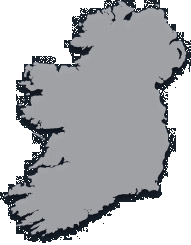
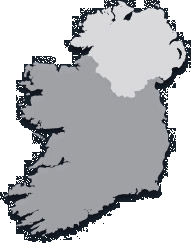
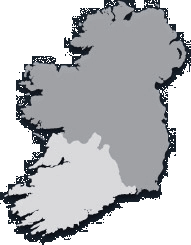
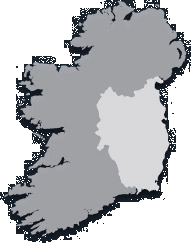
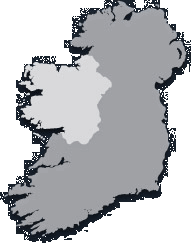
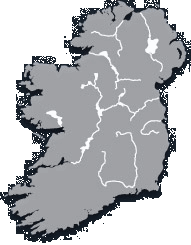
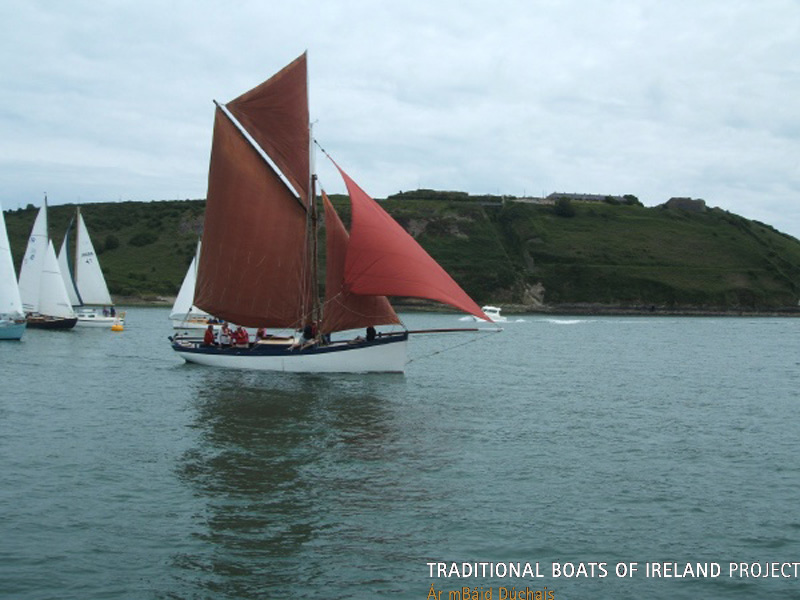 West Cork Mackerel Yawl
West Cork Mackerel Yawl
 Kinsale Hooker
Kinsale Hooker
 12ft punt
12ft punt
 "Water Nymph" 1885
"Water Nymph" 1885
 "A. K. Ilen"
"A. K. Ilen"
 Blasket Island Curach
Blasket Island Curach
 "Topaz"
"Topaz"
 "Free State" C1
"Free State" C1
 "Naomh Lua"
"Naomh Lua"
 "Naomh Brigid"
"Naomh Brigid"
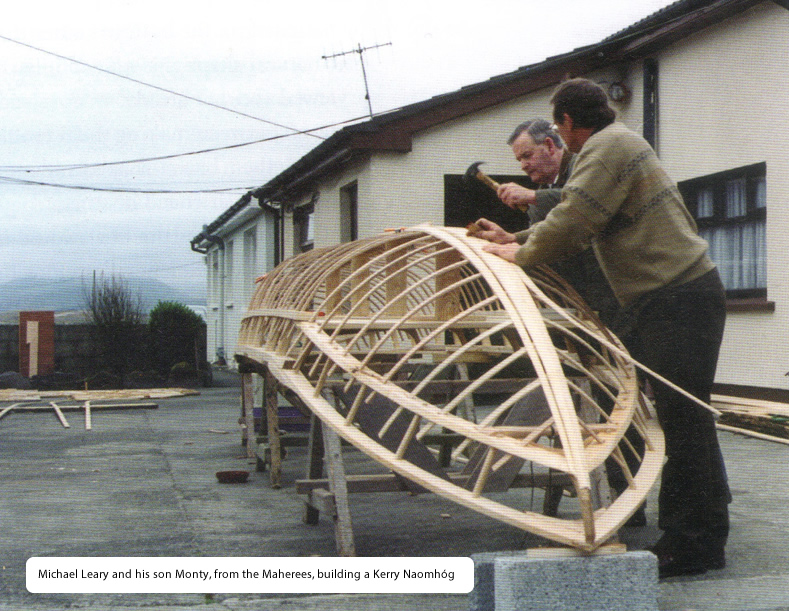 Kerry Naomhóg
Kerry Naomhóg
 "Tern"
"Tern"
 "Hanorah"
"Hanorah"
 "An Faoileán"
"An Faoileán"